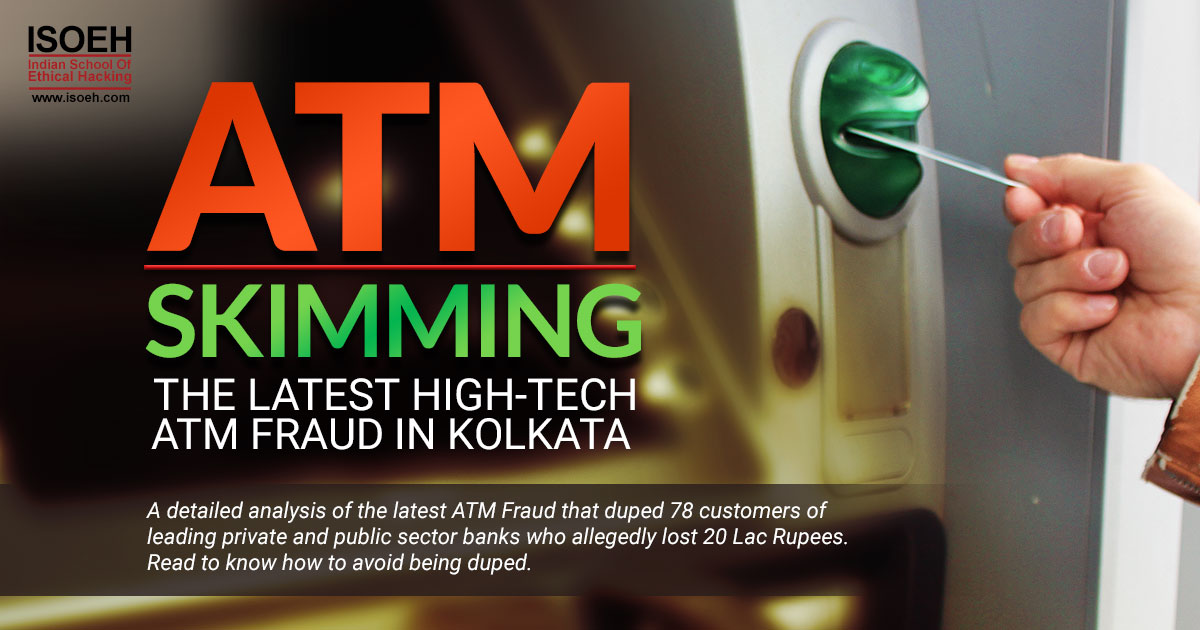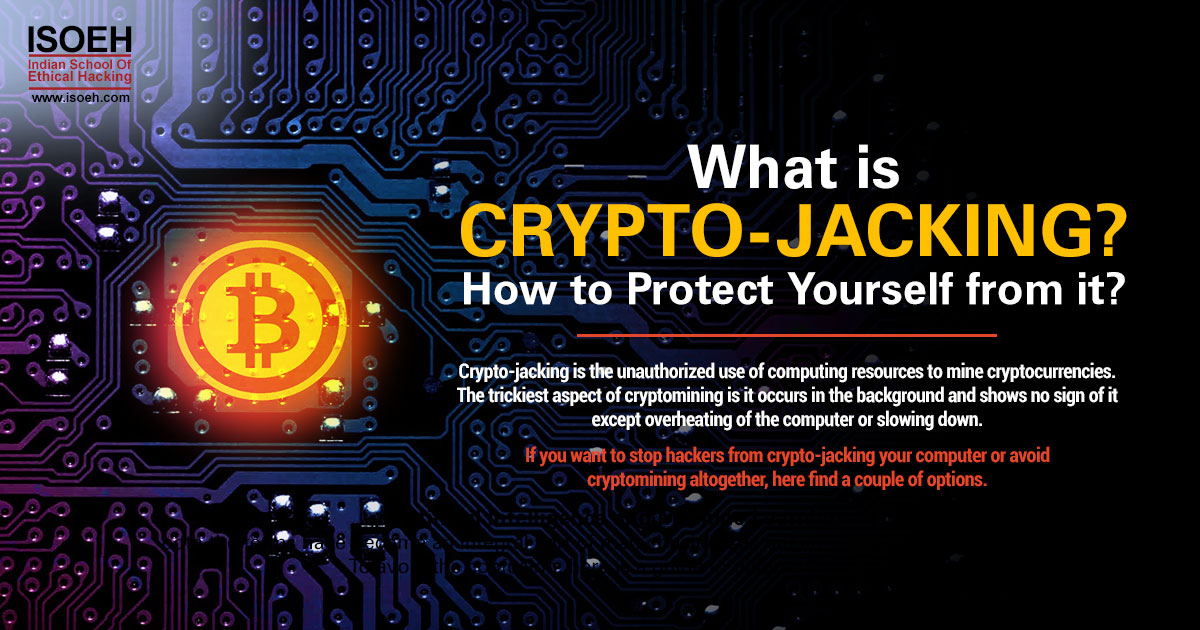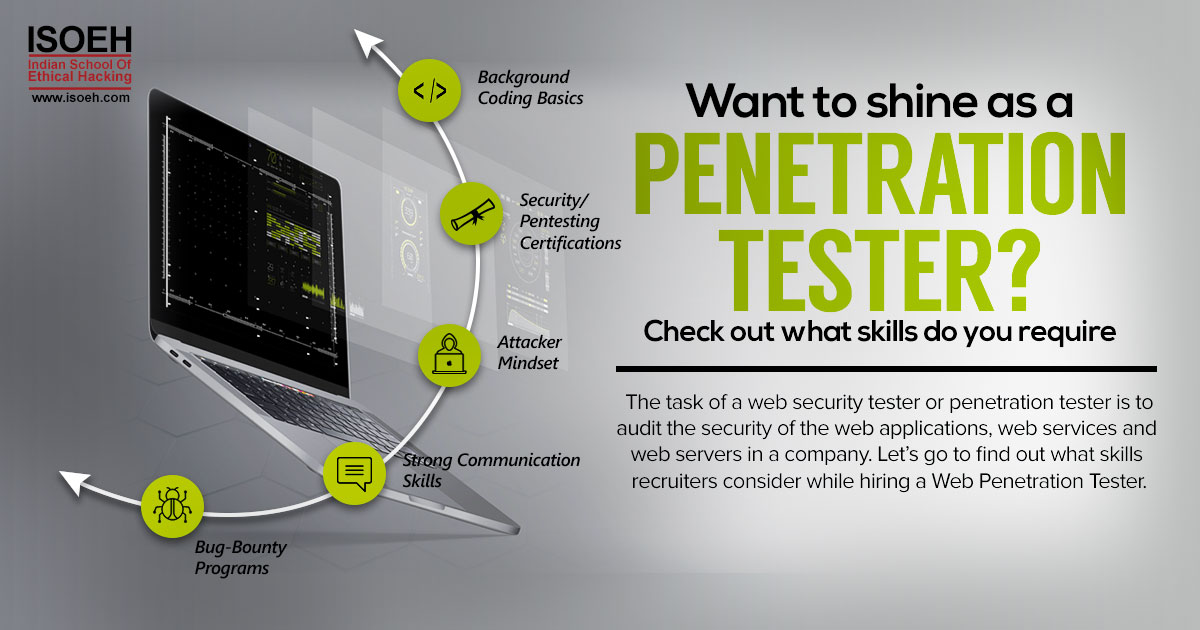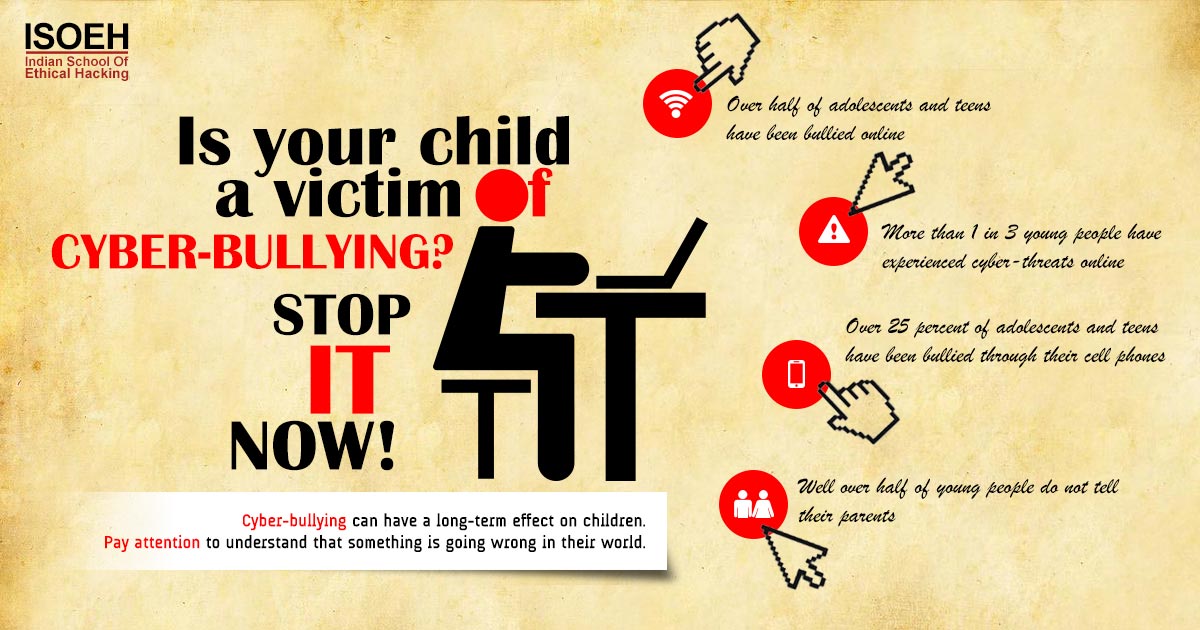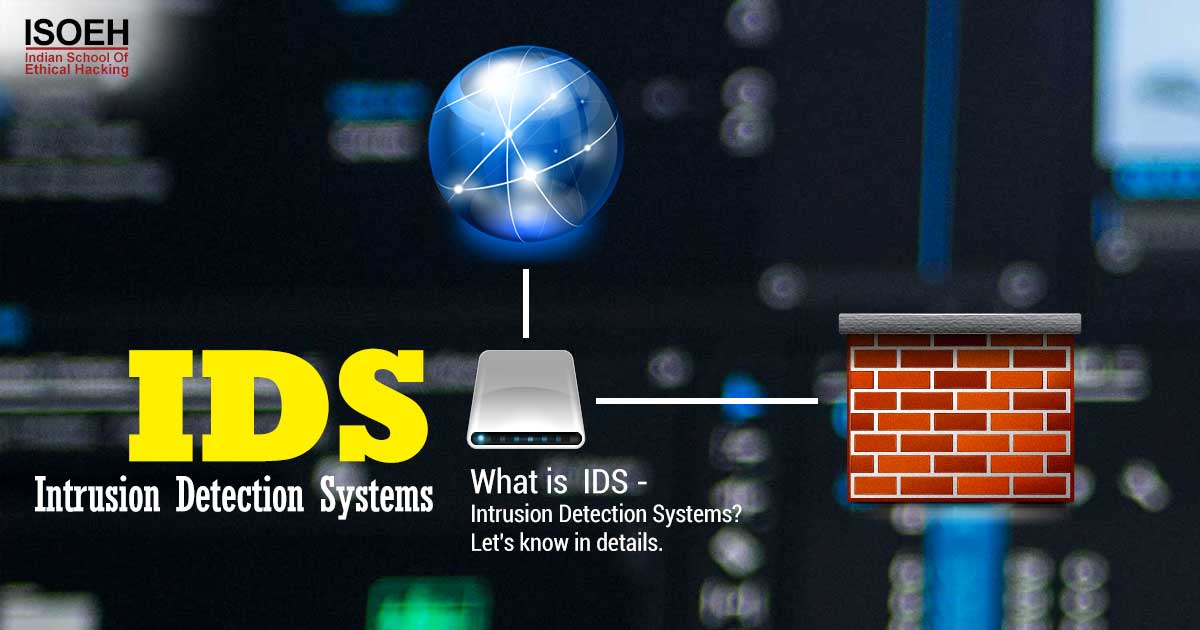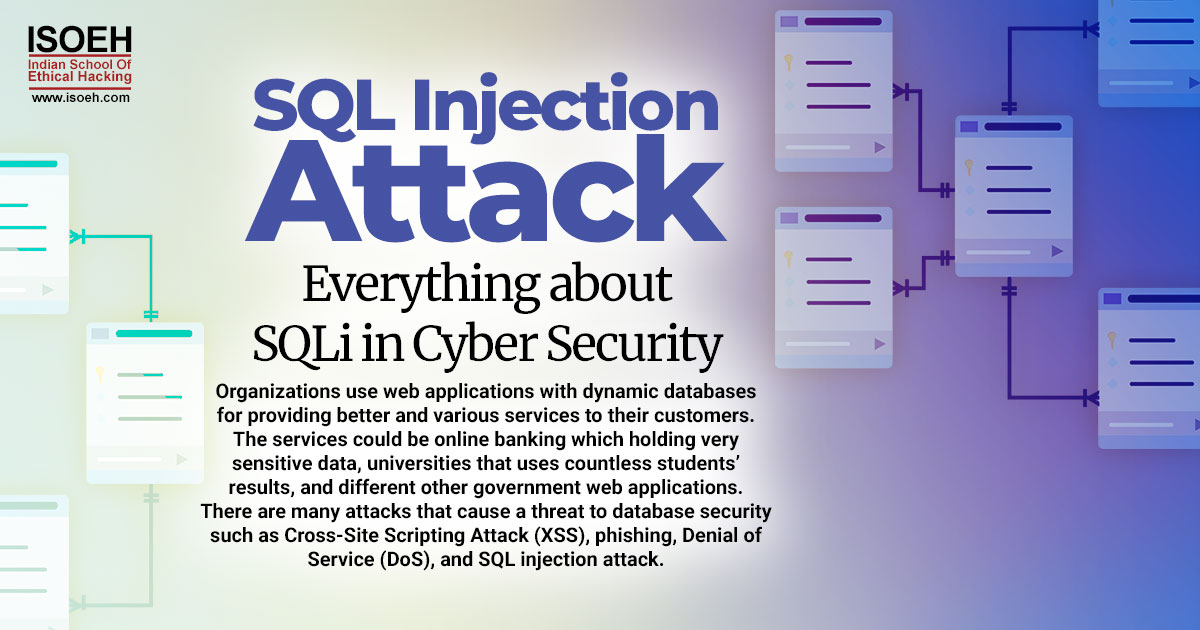
Organizations use web applications with dynamic databases for providing better and various services to their customers. The services could be online banking which holding very sensitive data, universities that uses countless students’ results, and different other government web applications. There are many attacks that cause a threat to database security such as Cross-Site Scripting Attack (XSS), phishing, Denial of Service (DoS), and SQL injection attack.
SQL injection attack is the major concern of web applications’ developers because SQL injection attacks threaten the confidentiality, integrity, functionality, and availability of back-end databases of any web applications. Again, SQL Injection Attacks are the most effective method for stealing the data from the backend database, by the help of these attacks hackers can get access to the database and steal sensitive information. Finally, SQL Injection Attacks usually ranked as the first one in the list of top 10 vulnerabilities in the Open Web Application Security Project (OWASP).
What is SQL? and Brief Overview about SQL Injection Attack:
SQL stands for Structured Query Language. SQL is the most common high-level language used in various relational Database Management Systems (DBMS) for control and builds the desired query commands. SQL is used for accessing database servers, including MySQL, Oracle, and SQL Server. Web programming languages such as Java, ASP.NET, and PHP provide various methods for constructing and executing SQL statements. SQL language is a way of communication between users and the database in order to allow the user to interact with a database for managing data held in a relational database management system. SQL statements can modify the structure of databases (using Data Definition Language statements or 'DDL') and manipulate the contents of databases (using Data Manipulation Language statements, or 'DML'). Web applications could be a target of SQL Injection Attack when:
- accept inputs from user or system,
- concatenate input with SQL statement and builds complete query structure,
- Executed query concatenated with HTML code.
Types of SQL Injection Attack
SQL Injection can be classified into three types –
In-band SQLi (Classic SQLi)
- Error-based SQLi
- Union-based SQLi
Inferential SQLi (also known as Blind SQLi)
- Time-based SQLi
- Boolean based SQLi
Out-of-band SQLi
Based on Attack Mindset SQL Injection Attack can be analyzed in the following way:
| Steps | Implementation |
|---|---|
| Identifying vulnerable parameter | To discover which parameters and input fields are vulnerable to SQLi Attack |
| Extracting data | To extract data from the database |
| Adding or modifying data | To add or change information in a database |
| Bypassing authentication | To bypass database and application authentication mechanisms |
| Executing remote commands | To execute arbitrary commands on the database including stored procedure or functions |
| Performing privilege escalation | To escalate the privileges by implementation errors or logical flaws in the database |
Above mentioned methods describe the steps following which an attacker can gain access to the particular web server on which the SQLi attack is being performed. If a successful SQLi attack is performed then all the above-mentioned steps can be performed easily with several tools and techniques.
SQL injection attack can be classified based on input mechanisms:
How SQL Injection Attack is Performed?
There are varieties of SQL injection mechanisms. Based on the mechanism attacks hackers can try to achieve the purpose of performing a successful SQL Injection.
- First Method: In this method attacker inject code in one or more conditional statements so that they always evaluate to true. This method occurs in the Absence of checking inputted data that goes to the database. The following code is an example of such a dynamic SQL statement. query = “SELECT info FROM user WHERE name = “name” AND pwd = “pwd”; Attackers can use some modifications to exploit this piece of code by supplying the value (x’ OR ‘1’= ‘1’) to the input parameter name. An attacker could access user information without a valid account because the WHERE clause condition becomes (WHERE name = ‘x’ OR ‘1’= ‘1’ --;) this make the system evaluates the result to be true and to terminates the rest of the Query using (--;).
- Second Method: In another scenario, an attacker inserts additional queries to be executed by the database in order to extract data, adding or modifying data, performing denial of service, or executing remote commands. In this case, attackers are not trying to modify the original query. In fact, they are trying to add an extra and distinct query that added to the original query using private words based on SQL language such as OR, AND, INSERT, UPDATE, DROP or DELETE in order to allow the database to receive multiple SQL queries.
- Third Method: In this method, an attacker joins the Injected query with the original query using the keyword UNION in order to get information related to other tables from the database. With the help of this type of attack, attackers can extract data type or information about the columns. By default, Most SQL-compliant databases, including SQL Server, and so on. This means that a hacker could use the system tables to gather schema information for a database to make a further compromise to the database.
- Fourth Method: In this method, an attacker executes built-in functions using malicious SQL codes for performing privilege escalation, performing denial of service (DoS), or executing remote commands. In fact, most database providers develop databases with a standard set of stored procedures and functions for extending the functionality of the database and allow to them to interact with the operating system. Therefore, once an attacker determines which backend database is in use, SQL Injection attacks can be crafted to execute stored procedures provided by that specific database.
- Fifth Method: In this scenario, an attacker derives logical conclusions from the answer to a true/false question concerning the response of the database server. This method consists of two types: - Blind injection and timing injection. In Blind injection, hackers collect information about the database by inferring from the replies of the page after questioning the server's true/false questions. If the answer is true then the application behaves correctly and if the answer is false then it causes an error. Therefore, attackers can get an indirect response from the database.
Tools Used for Performing SQL Injection Attacks:
- SQL Ninja
- It tries to use SQL injection on applications based on MS SQL Server
- Its goal is to obtain an interactive shell on the remote DB server
- SQL Map
- It is an open-source penetration testing tool that automates the process of detecting and exploiting SQL injection flaws and taking over database servers.
Numerous tools are there but these two are popular ones.
How to defend against SQL Injection Attack?
The main cause of almost every SQL injection Attack is invalid input checking. Here given some method which can be prioritized to defend SQL Injection:
- Input Validation
- Input Checking Functions
- Validate Input Sources
- Access Rights
- Configure database error reporting
- Parameterized queries
But, this is not the end. We have just understood one of the many factors that can attack our cyber security and cyber data. So, we need to be alert and enough educated if possible as well to ensure our network security. Indian School of Ethical Hacking has been providing cyber security, ethical hacking, certified network defender, certified penetration testing professional etc diploma and globally acclaimed certification courses on cyber security in India.
Let’s get all updates regarding cyber security, cyber frauds from Indian School of Ethical Hacking (ISOEH), Kolkata-based leading cyber security institute.
Hacking Tools
Explore All Hacking Tools »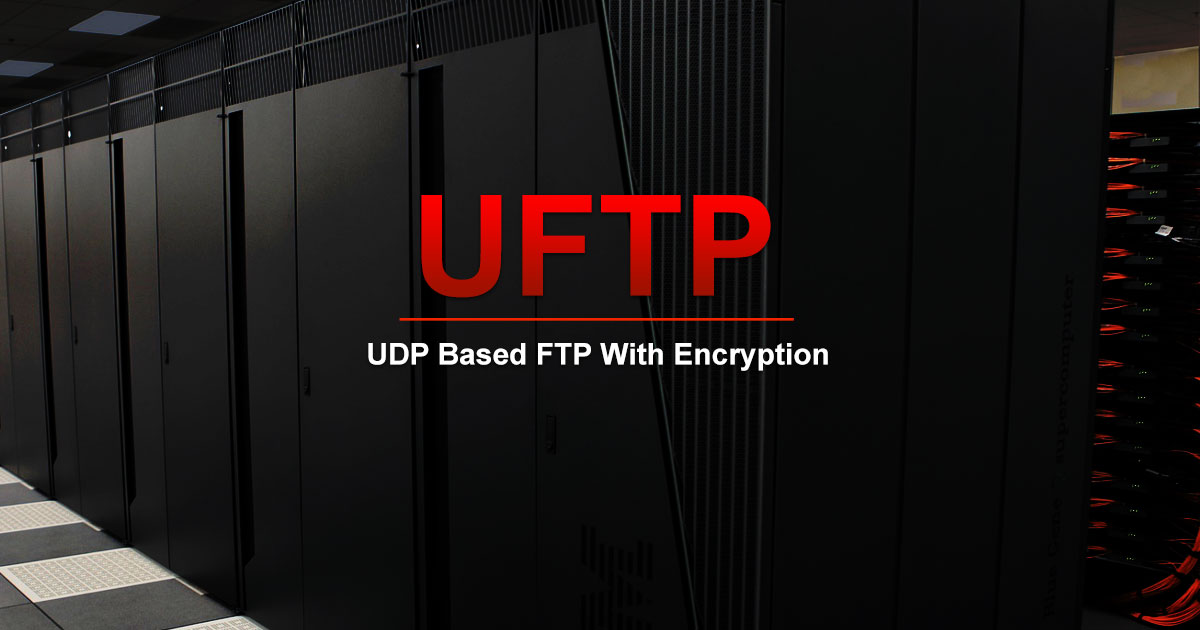
UFTP is an encrypted multicast file transfer program for secure, reliable & efficient transfer of files. It also helps in data distribution over a satellite link.
Read DetailsBreaking News
Breaking News Of Each Month »
The recent pandemic was unexpected and unknown to most part of the world. It has changed our life and we are slowly adapting to our new lifestyle. The risks associated with the new lifestyle, both personal & corporate, are unknown to most of us.
Read Details






